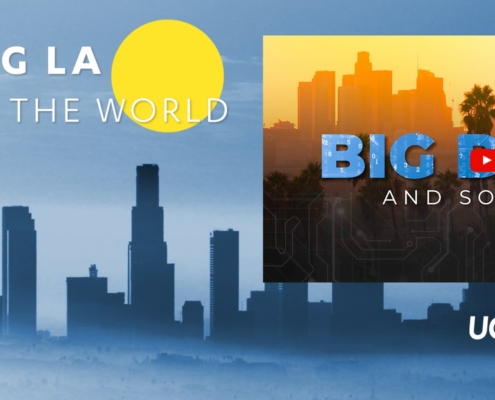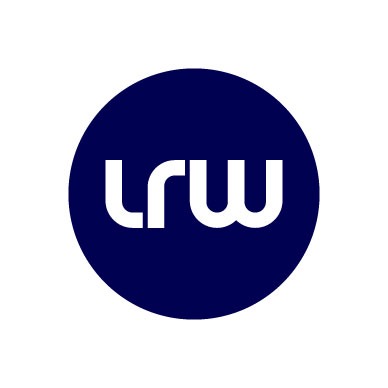Posts

UCLA Division of Social Sciences Premieres “Big Data and Society” Video
In the UCLA Division of Social Sciences, we are dedicated to…

UCLA Big Data and Politics Seminar Series: The Prevalence and Sharing Patterns of ‘Fake News’ in the US in 2016 and 2020 on Friday, May 14
UCLA Big Data and Politics Seminar Series
The Prevalence and…

UCLA LPPI and Alianza for Youth Justice Release a New “Call to Action” Report on the Latinx Data Gap in the Youth Justice System
UCLA Latino Policy and Politics Initiative (LPPI) and the Alianza…

Community Partners in the News: UCLA Alum’s LRW Group Contributes to LA County COVID-19 Study
LRW Group, a local marketing services firm and UCLA Division…

UCLA Researchers Use Big Data Expertise to Create a News Media Resource on the COVID-19 Crisis
In the Department of Communication at UCLA, the Co-Mind Lab has…

